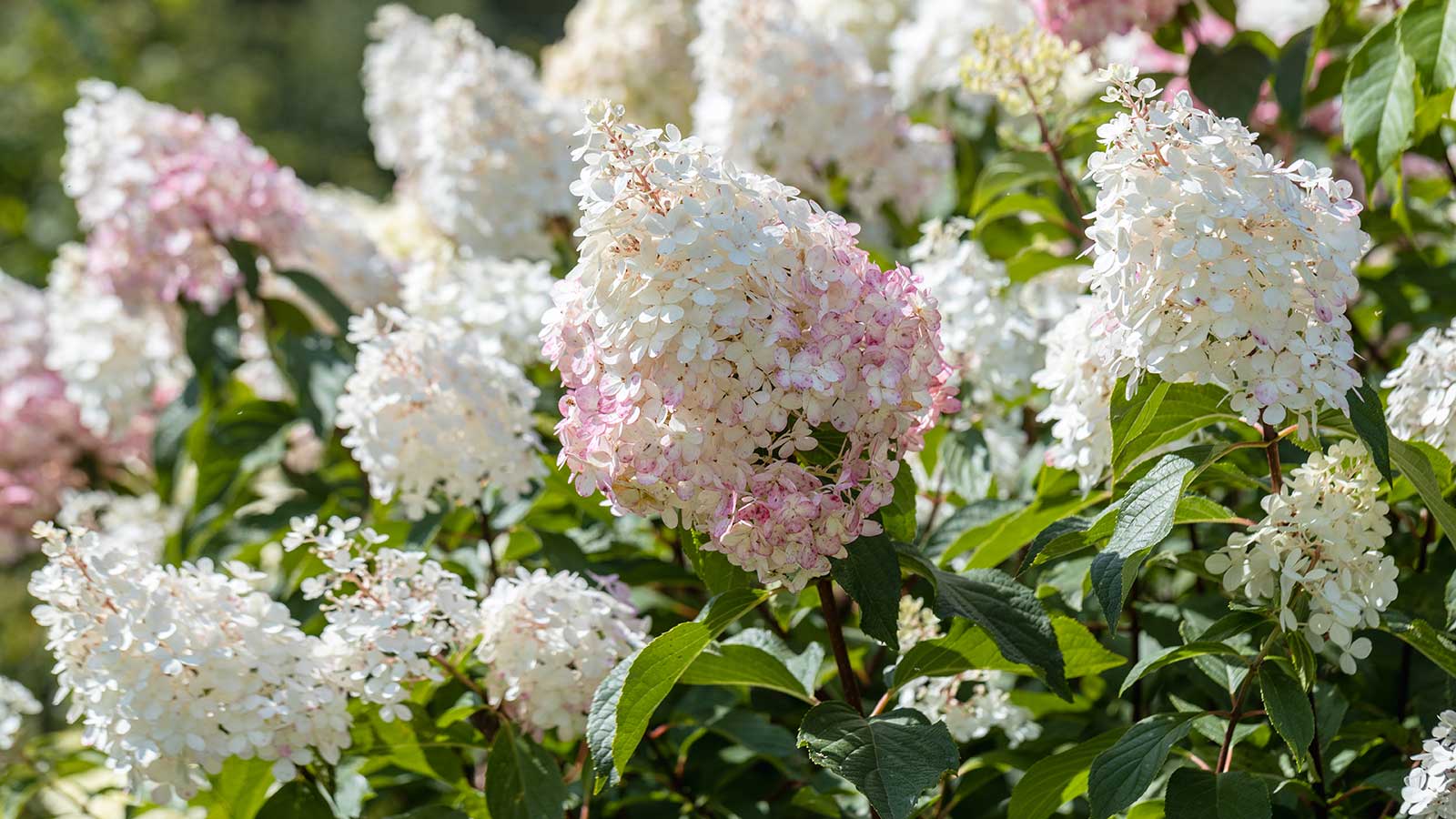
Hydrangeas are a stalwart shrub for the garden, producing huge and prolific blooms through summer into fall. From climbing varieties to compact types for containers, there's one to suit every space. And, like many other popular plants, there are also plenty of tips and tricks to take on board to help them thrive.
However, advice for growing hydrangeas can be peppered with myths, whether that's in terms of pruning practices or how often to water them. Steering clear of these misconceptions can save you time and effort – and in some cases, will help you avoid undesirable results, too.
Below, garden experts share their insights on what to avoid when caring for these shrubs, and the reasons why. Plus, there's info on what you should do, instead.
Myth 1: Coffee grounds will change the color of your hydrangea
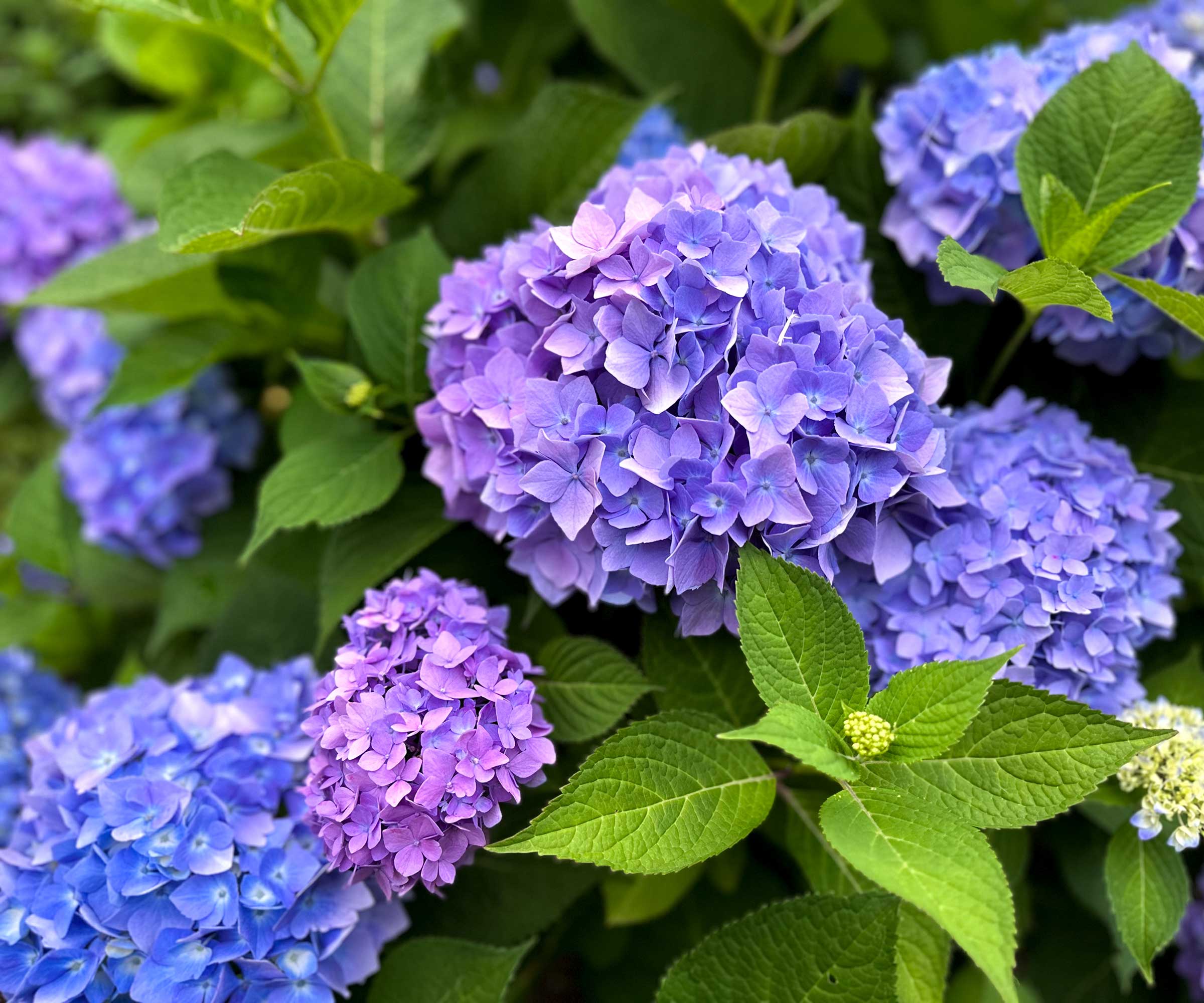
You may have heard it's possible to change the flower color of your hydrangeas by altering the soil's pH. The more acidic the soil, the more blue the blooms will be, while alkaline conditions result in pinker or purple hues. Using coffee grounds to try to acidify the soil may seem like a budget-friendly approach, but unfortunately, it won't work.
'Used coffee grounds can make a reasonable mulch but won't change the color of your flowers,' says hydrangea expert Lorraine Ballato. 'Neither will adding household vinegar.
'To change the color, the plant needs time to take up whatever amendment is added (in the fall for the following season) and enough aluminum in the soil (for blue flowers),' she explains.
Instead of coffee for blue blooms, consider opting for a commercial product, such as the Grow More hydrangea blueing formula, available from Amazon.
Myth 2: Pine needles will acidify the soil
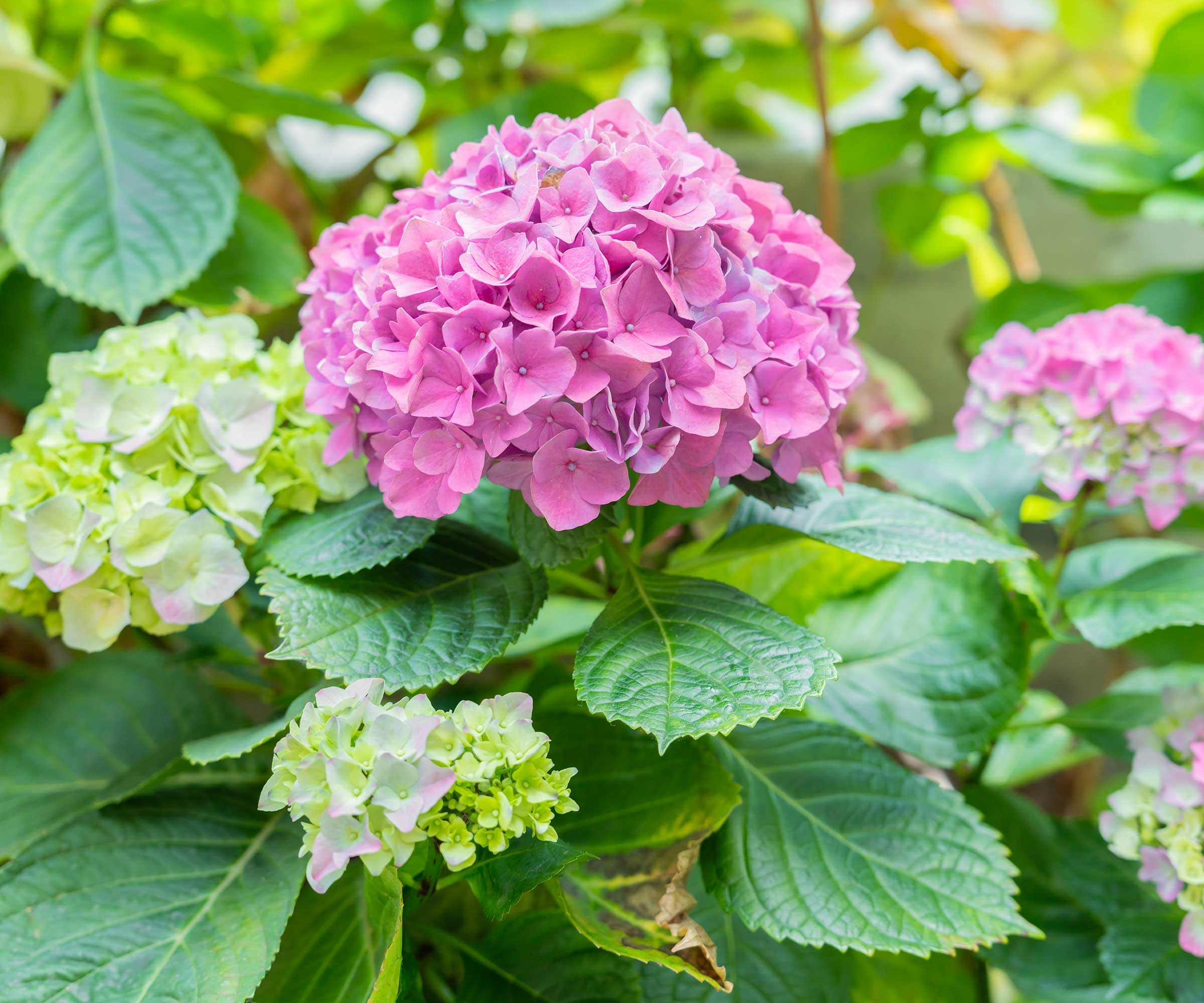
Similarly, pine needles, or planting your hydrangea somewhere with pine trees, won't acidify the soil. According to Lorraine, the science simply doesn't support it. 'What is probably happening is that the soil is already acidic and both the pine trees and the big leaf hydrangeas enjoy the same soil composition,' she says.
Also, do note that not all types of hydrangea will change color depending on the soil. White hydrangeas, for instance, will generally stay white.
Myth 3: All hydrangeas should be pruned in the spring
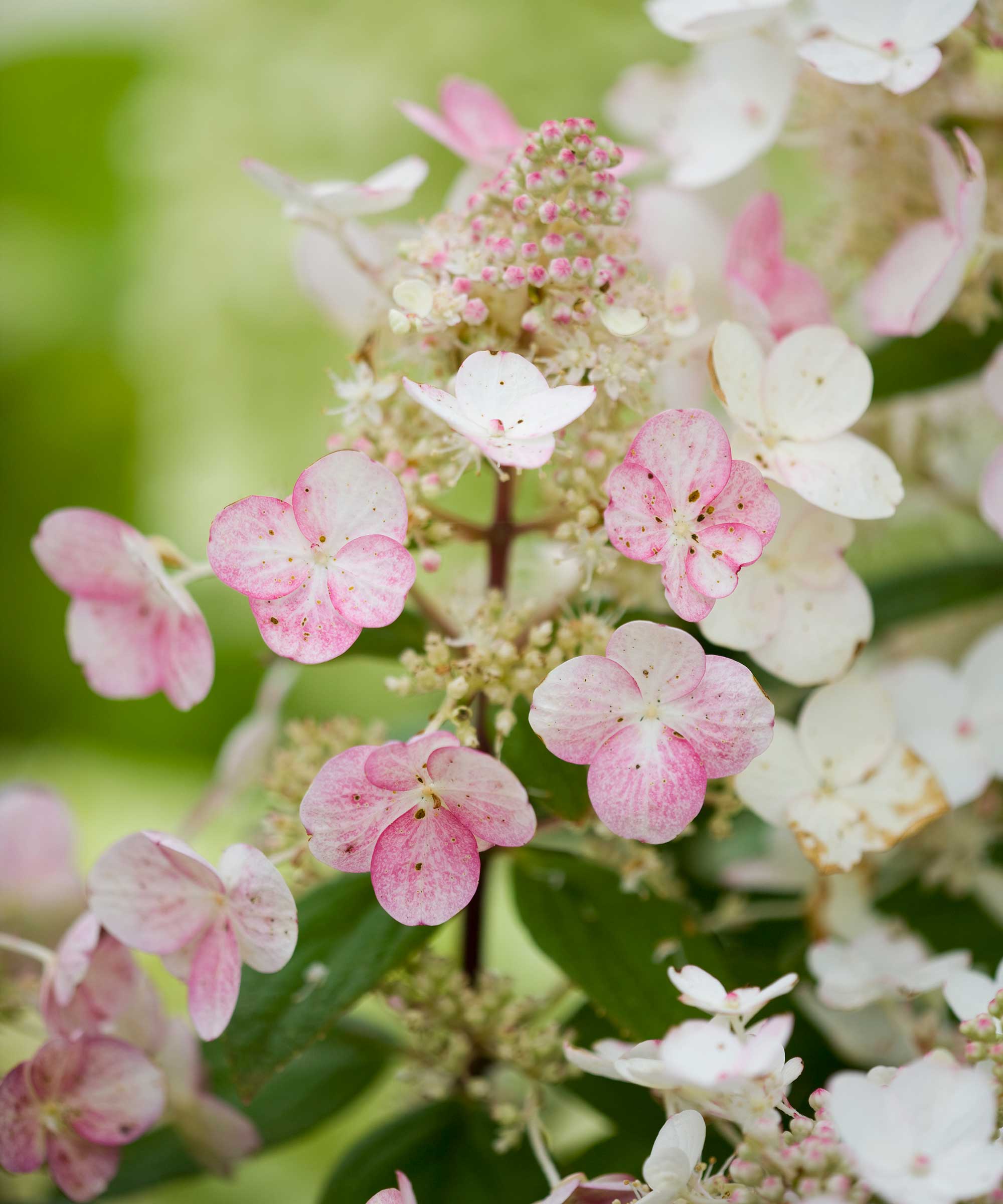
Knowing when to prune hydrangeas can be confusing, as there isn't a one-size-fits-all approach. As Chris Turner, the owner of landscape design business Elevate by Design, points out, 'The timing really depends on the type of hydrangea. You would need to look into the specific type you have to figure out when it's best to prune them.'
So, don't be tempted to trim them all back in spring, as this would be a hydrangea pruning mistake for many varieties. 'Doing that will ensure you remove the flower buds from any that flower on old growth (big leaf, mountain, climbing, and oak leaf varieties),' explains Lorraine. 'The only ones to prune in the spring are those that flower on new wood (woodland/smooth and panicle varieties).'
Myth 4: Always plant hydrangeas in the shade
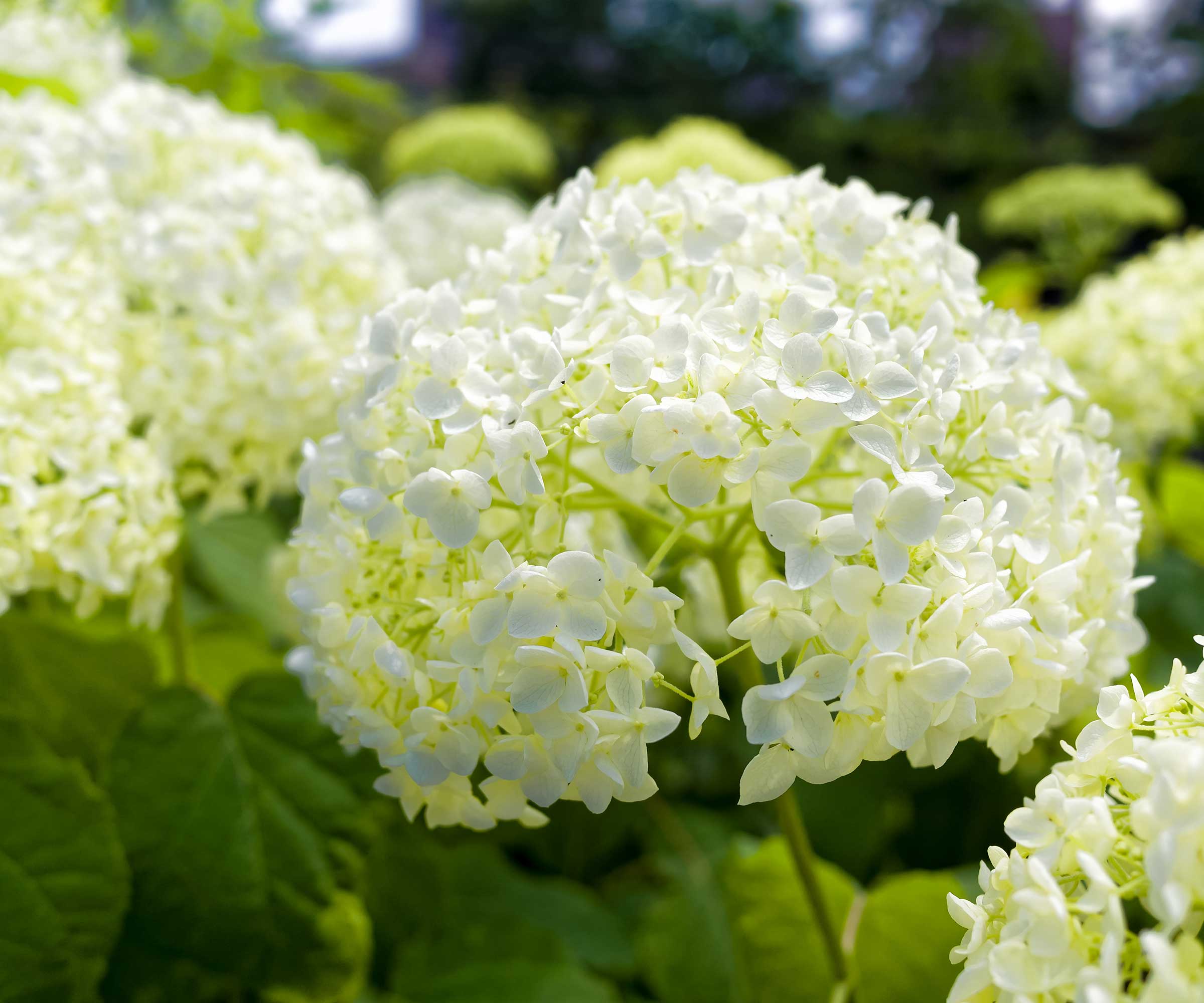
Hydrangeas are often commended for being great shade garden plants. However, this isn't strictly true. Lorraine points out that while big leaf hydrangeas can tolerate some shade, most need at least a half day of sun ('unless you want yet another green bush!').
On the other hand, 'too much sun can actually be really bad for hydrangeas, because it can scorch them,' warns Chris. 'It would be best for them to have morning sun and afternoon shade.'
To play it safe and get the very best from your plant, check the label of your variety to find out what its preferences are.
Myth 5: Droopy leaves means it's time to water
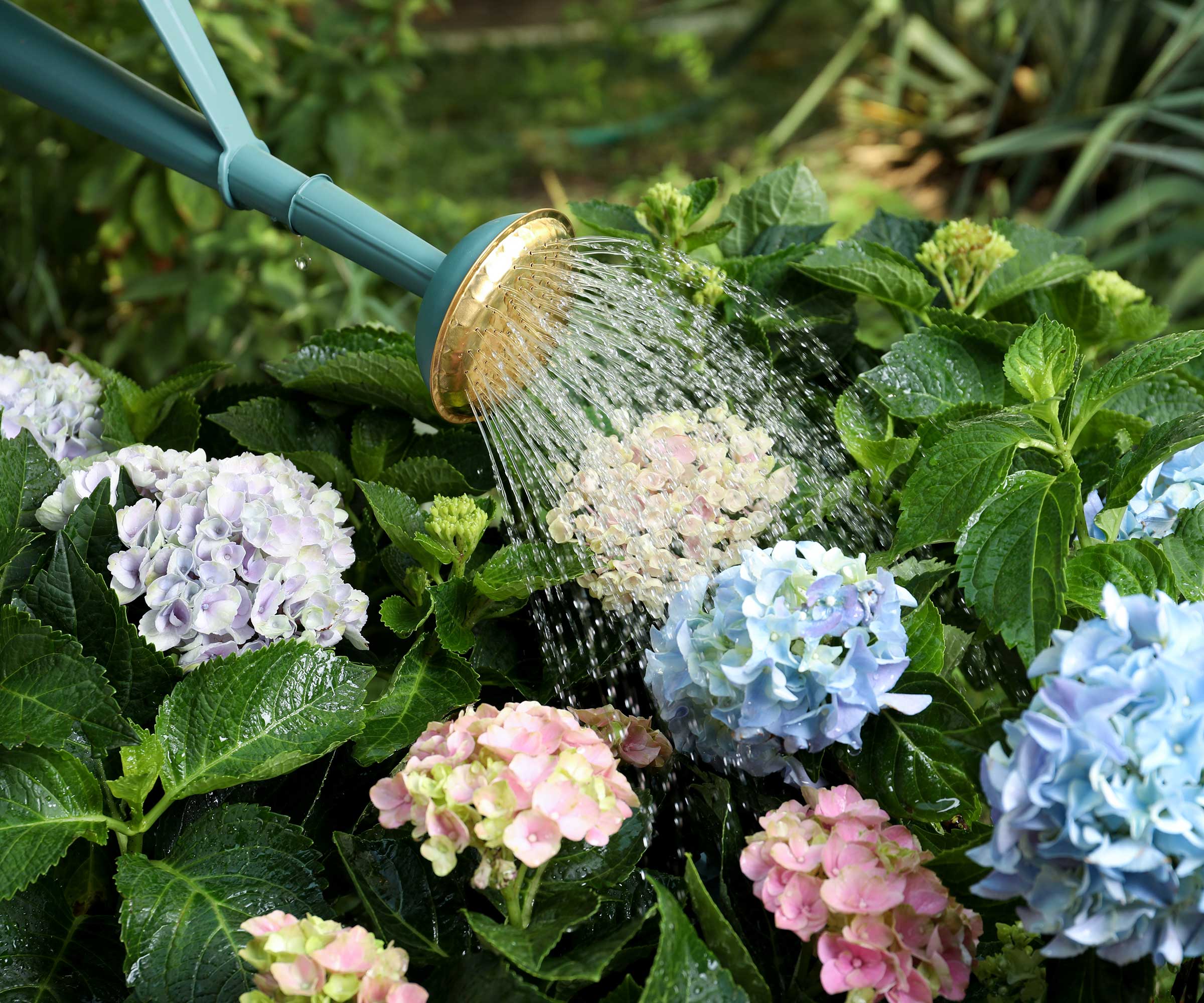
'A last myth to address is this plant's need for water,' says Lorraine. 'Irrigating whenever the foliage droops is a good way to kill it.
'This plant has the remarkable ability to reach back into the surrounding soil once the sun is off it to rehydrate on its own,' she explains. 'Overwatering it will fill the spaces in the soil which supply critically needed oxygen to the roots. Once those spaces are filled with water, the plant will suffocate.' If the plant doesn't rehydrate within 12 hours, she recommends amending the surrounding soil to have better moisture retention.
Kevin Lenhart, the design director of Yardzen, also points out how frequent shallow watering causes roots to stay near the surface, making the plant less drought-tolerant.
'It also encourages weak growth and fungal issues,' he says. His advice on watering hydrangeas? 'Water deeply once or twice a week, especially during dry periods. This encourages more robust root growth, in turn leading to a more resilient, healthy plant.' Mulching around the base of the plant will help retain soil moisture, he adds.
FAQs
What soil do hydrangeas grow best in?
Kevin says that hydrangeas perform well in most soil types, as long as the soil drains well and isn’t compacted. 'The one must-have is good drainage. Boggy, poor-draining soils can lead to root rot,' he warns. 'If you have heavy clay, try amending it with a good dose of compost to improve its drainage.'
Will hydrangeas bloom twice a year?
Most hydrangeas will just flower once annually, but there are some reblooming ones that will give you a second show, such as varieties of the Endless Summer® collection, available from Nature Hills.
Knowing which myths to look out for will make it easier to care for your hydrangeas and get the beautiful display you hope for. But there are other things to get the lowdown on, too. For example, winterizing hydrangeas can be beneficial if you live in a colder climate. And it's also worth knowing when and how to fertilize them.







